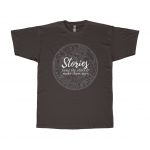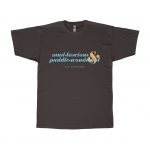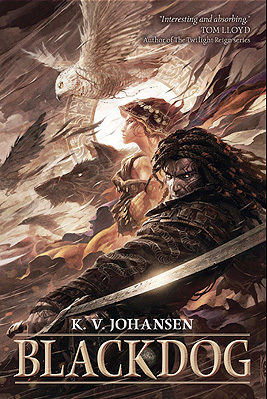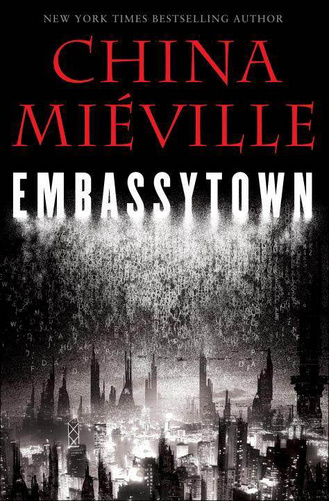I work with storytellers and writers . . . which normally means they’re avid readers too. Last month I put together two t-shirts for my word nerd friends and writerly clients, and today the initial designs launch!
 The first shirt is one I’m particularly proud of. It says, “I’m not a grammar Nazi: I’m Captain American English.” Because when I nitpick over your comma placement, I’d rather see myself as heroic rather than neurotic. The stories we tell ourselves matter, folks.
The first shirt is one I’m particularly proud of. It says, “I’m not a grammar Nazi: I’m Captain American English.” Because when I nitpick over your comma placement, I’d rather see myself as heroic rather than neurotic. The stories we tell ourselves matter, folks.
 The second shirt is a constellation star chart (northern hemisphere, Greek & Western constellations) and words celebrating story. Cultures worldwide have tamed the stars with constellations and stories, claiming the distant stars as their own. Storytellers of all stripes—writers, artists, parents of small children—create new ways of seeing our wild universe. They give us narrative maps to navigate by, guidebooks to exploring and expanding ourselves. Our stories have the power to tame the untambeable.
The second shirt is a constellation star chart (northern hemisphere, Greek & Western constellations) and words celebrating story. Cultures worldwide have tamed the stars with constellations and stories, claiming the distant stars as their own. Storytellers of all stripes—writers, artists, parents of small children—create new ways of seeing our wild universe. They give us narrative maps to navigate by, guidebooks to exploring and expanding ourselves. Our stories have the power to tame the untambeable.
 The third shirt is the first in what I hope will become a series of shirts spotlighting particularly powerful poetry. I’m leading off with the estimable E. E. Cummings and my favorite phrases from his poem “In Just-.” The poem is equal parts poignant and playful, but in lifting only the springtime descriptors mud-luscious and puddle-wonderful, I focus on the splish-splash joy of April showers.
The third shirt is the first in what I hope will become a series of shirts spotlighting particularly powerful poetry. I’m leading off with the estimable E. E. Cummings and my favorite phrases from his poem “In Just-.” The poem is equal parts poignant and playful, but in lifting only the springtime descriptors mud-luscious and puddle-wonderful, I focus on the splish-splash joy of April showers.
 Joining the E. E. Cummings shirt is another watercolor poetry tee with a quote from Elizabeth Barrett Browning. It’s perfect for hiking or walking through the everyday divine of nature: “Earth’s crammed with heaven, / And every common bush afire with God.”
Joining the E. E. Cummings shirt is another watercolor poetry tee with a quote from Elizabeth Barrett Browning. It’s perfect for hiking or walking through the everyday divine of nature: “Earth’s crammed with heaven, / And every common bush afire with God.”
All shirts come in both unisex and women-specific styles.








